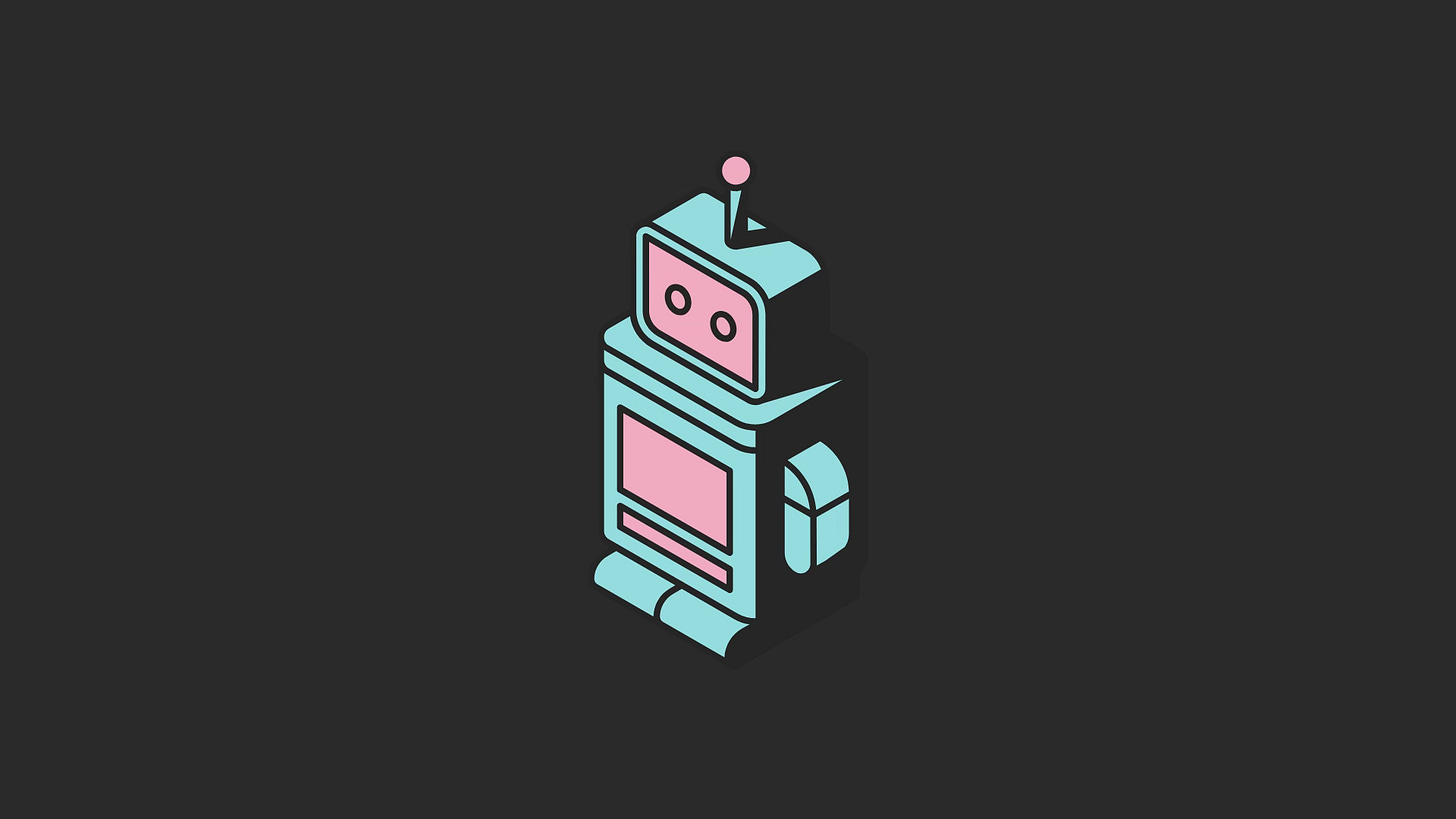AI Predictions in 2025: AI Agent Workforces, LLM Consolidation, Heightened Productivity, & More
I reviewed Goldman Sachs' 2025 AI forecast and analyzed their top trends
Our first case study of 2025 will be focused on the 5 major AI predictions from Goldman Sachs!
Last year was the age of generative AI, but this year, GS Chief Information Officer Marco Argenti says that rising major trends will be enhanced workplace productivity, workforces comprised of humans and AI agents, breakthroughs in robotics, large model consolidation, and an increased focus on trust and safety.
Enhanced Workplace Productivity
Argenti stated that AI is poised to significantly enhance workplace productivity and efficiency. The rapid enhancements in AI, particularly in natural language processing, automation, and machine learning will streamline tasks, improve decision making, automate repetitive tasks, enhance collaboration with AI virtual assistants, and lead to smarter supply chain management.
New AI Hybrid Workforce
Argenti discussed the concept of a new AI hybrid workforce, where companies will still employ human labor but may outsource certain tasks or roles to AI agents. This will require AI experts to build, oversee, or manage these AI agents. Argenti highlighted that this new AI hybrid workforce will be more prominent in highly specialized industries like finance and customer service.
Next week’s post will be on everything you need to know about AI agents, so stay tuned! ✨
Breakthrough in robotics
Argenti highlighted that AI advancements will lead to more breakthroughs in robotics, such as improved human-robot interaction, enhanced robotic perception and sensory capabilities, AI-driven robot designs, AI in robotics control systems, and smarter manufacturing and automation. One area that will be interesting to watch is swarm robotics, where multiple robots collaborate to perform complex tasks. In 2025, AI will enhance swarm algorithms to make these systems more efficient and scalable in industries like environmental monitoring, agriculture, and logistics.
Focus on safety
Argenti noted that there will be an enhanced focus on safety in the coming year as more advancements in this technology are explored. AI can improve the safety protocols of robots, ensuring that they can work alongside humans without risk. AI can also be used to monitor and enforce safety standards, preventing robots from taking harmful actions.
Large model consolidation
Finally, Argenti predicted AI to play a significant role in driving the consolidation of large models — the trend where multiple large, specialized AI models are merged into more unified systems. The acceleration of large model consolidation will lead to fewer, more powerful, and more flexible AI models that can serve multiple applications while maintaining high performance and reducing complexity, improving efficiency and enabling faster innovation. In 2025, we will see AI continually enhance large model consolidation through the following:
Multimodal AI Models: One of the key trends in AI is the rise of multimodal models, which are designed to handle multiple types of data (text, images, video, sound) within a single architecture. By 2025, advancements in cross-domain learning will allow large models to consolidate capabilities that previously required separate models.
Efficient Fine-Tuning: In 2025, AI will have more effective methods to adapt and specialize a single large model to different use cases, reducing the need for separate models to serve individual tasks.
Unified Model Architectures: Universal transformer models that can scale efficiently across various domains and tasks will encourage model consolidation, reducing the overhead of maintaining specialized systems for each use case.
Parameter-Efficient Models: Innovations like sparse models, mixture of experts (MoE), and neural architecture search (NAS) will enable large models to scale more efficiently without needing as many resources. These techniques allow models to become more modular and capable of being "switched on" or specialized dynamically based on the task.
Cross-Platform Model Integration: As cloud computing and edge computing become more advanced, AI models will be able to seamlessly integrate across different platforms (cloud, edge devices, hybrid environments) in a consolidated manner.
Tiffany’s Take
While the last few years were concentrated on the rapid development and new applications of AI, this coming year will be focused on how to harness AI to optimize efficiency, growth, and value in products and workforces. AI isn’t coming for our jobs just yet, but this year, we will see AI and robots perform increasingly more complex and nuanced tasks in industries ranging from manufacturing, healthcare, and space exploration. There’s a tenuous relationship between the limits of human capacity and the potential of AI that will continually spark debates about the role of humans in a new era of automation and human-robot collaboration.
By the end of 2025, we will see AI more capable, adaptable, and intelligent like never before, leaving those with the knowledge and skills to leverage this technology in a uniquely advantageous position. At WiTC, it is my mission to ensure women are at the forefront of this.



